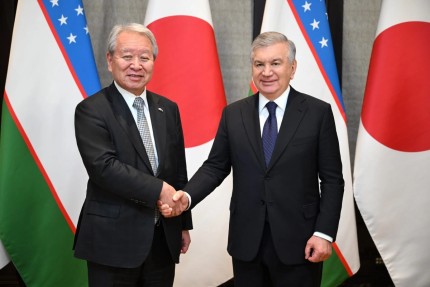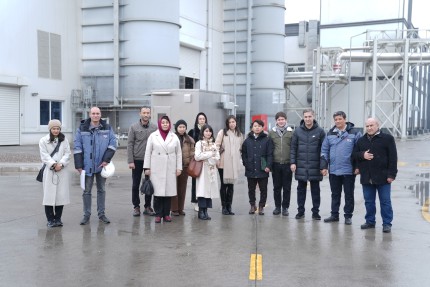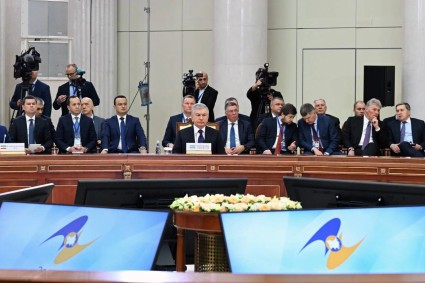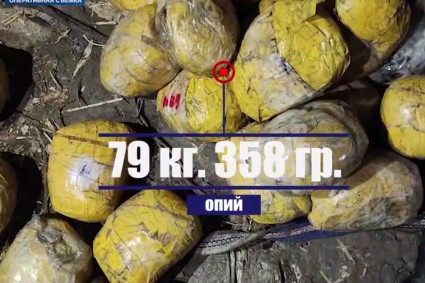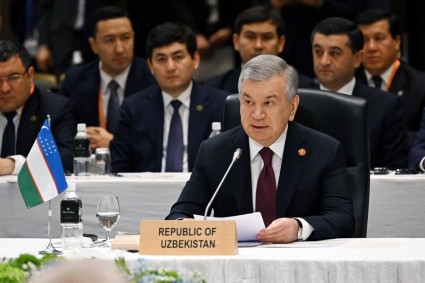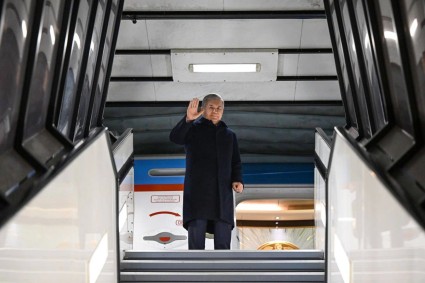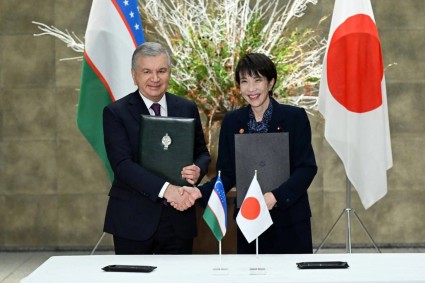It was one of the most harrowing scenes from the early days of Russia’s full-scale invasion of Ukraine: Desperate civilians fleeing the Kyiv suburb of Irpin over a shattered bridge as mortar shells thundered around them. In footage captured by Britain’s Sky News that day, Ukrainian soldiers can be seen firing into the air, trying to shoot down drones they believed were helping Russian forces adjust their aim.
The incident was just a forerunner. In the weeks and months that followed, drones have emerged as a ubiquitous presence on Ukrainian battlefields. Many drone-shot videos, widely shared on social media, have become testaments to the resourcefulness of the country’s defenders.
But as the scene near Kyiv suggests, the Russians have proven no less eager to take advantage of the technology. A database compiled by one researcher contains dozens of examples of Russian forces using drones — often lightweight, commercially available models — for reconnaissance, artillery spotting, and shooting propaganda videos. Many of these drones are foreign-made.
In theory, the import of drones into Russia should have been choked off by Western sanctions. In practice, however, it is clear that avenues for their procurement remain open. And it’s not just drones. Advanced microchips — used in everything from missiles to demining robots — are also flowing into Russia from abroad.
Reporters from IStories, OCCRP’s Russian partner, set out to learn how this was happening. In several cases, they found, Russian citizens who were already selling these devices before the war established new foreign companies that then became part of the supply chain. The routes traced by reporters in this investigation run through Kazakhstan, a country that has made efforts to remain on good terms with both Russia and the West.
Kazakhstan, a friend of Russia
Kazakhstan is “trying to avoid any possibilities of sanctions evasion by Russia,” said the country’s foreign minister at a February press conference with the visiting U.S. secretary of state. But this was “very difficult,” he added, because both Kazakhstan and Russia are members of the Eurasian Economic Union, and trade between the countries is not subject to customs checks.
Indeed, Kazakh trade data strongly suggests that the country is used as an intermediary destination for Russian drone imports.
In 2021, before the full-scale invasion began, so few drones were imported into Kazakhstan that they did not even appear in official import-export data. In 2022, however, the country imported nearly $5 million worth of drones, almost entirely from China — and exported $1.23 million to Russia.
The import of microchips, too, has skyrocketed: In 2021, official statistics show, $35 million of the components were imported into Kazakhstan, a figure that had grown only moderately in recent years. In 2022, imports more than doubled to over $75 million.
At the same time, the export of microchips from Kazakhstan to Russia rose from a negligible $245,000 to $18 million — over 70 times higher.
These findings reinforce earlier reporting by IStories that Russia appeared to be easily skirting sanctions restrictions, with both the Russian company that manufactures “Orlan” drones and the Rostec industrial conglomerate successfully importing Western components.
“Sanctions are highly dependent on everyone coming together,” said Eric Woods, a specialist in export controls at the James Martin Center for Nonproliferation Studies at Middlebury College.
“All companies should be doing due diligence on who they’re doing business with, especially with known sanctions evasion hubs. This is why secondary sanctions [a type of sanctions that target not only the primary sanctioned entity, but also any parties that do business with it] exist, and we can see governments pressuring other governments to be part of their sanctions regimes. More enforcement would be a good message that would increase compliance.”
Countries like Kazakhstan may find that their scope for action is limited, however, since they share a border and a long history with their powerful neighbor.
“Russia is able to coerce Kazakhstan,” Woods said. “I’m sure there are a lot of people in the Kazakh government that don’t like what’s going on. … But there’s only so much they can do even if they wanted to.”
And while large companies may fear sanctions, Woods said, smaller operators that have found a niche as intermediaries are unlikely to care about punishment from the distant United States.
“If I’m a Kazakh company who doesn’t do business with the U.S., and I’m making millions of dollars scamming the Russians, charging them three times as much for everything they want to buy — that’s a business,” Woods said.
“Ultimately, these millions of little guys don’t shift the war in Putin’s favor on their own, but … they’re enough to give Russia the impression that they can do this. And as long as they can do this, the war is going to continue. The war will stop when Russia runs out of bullets.”






